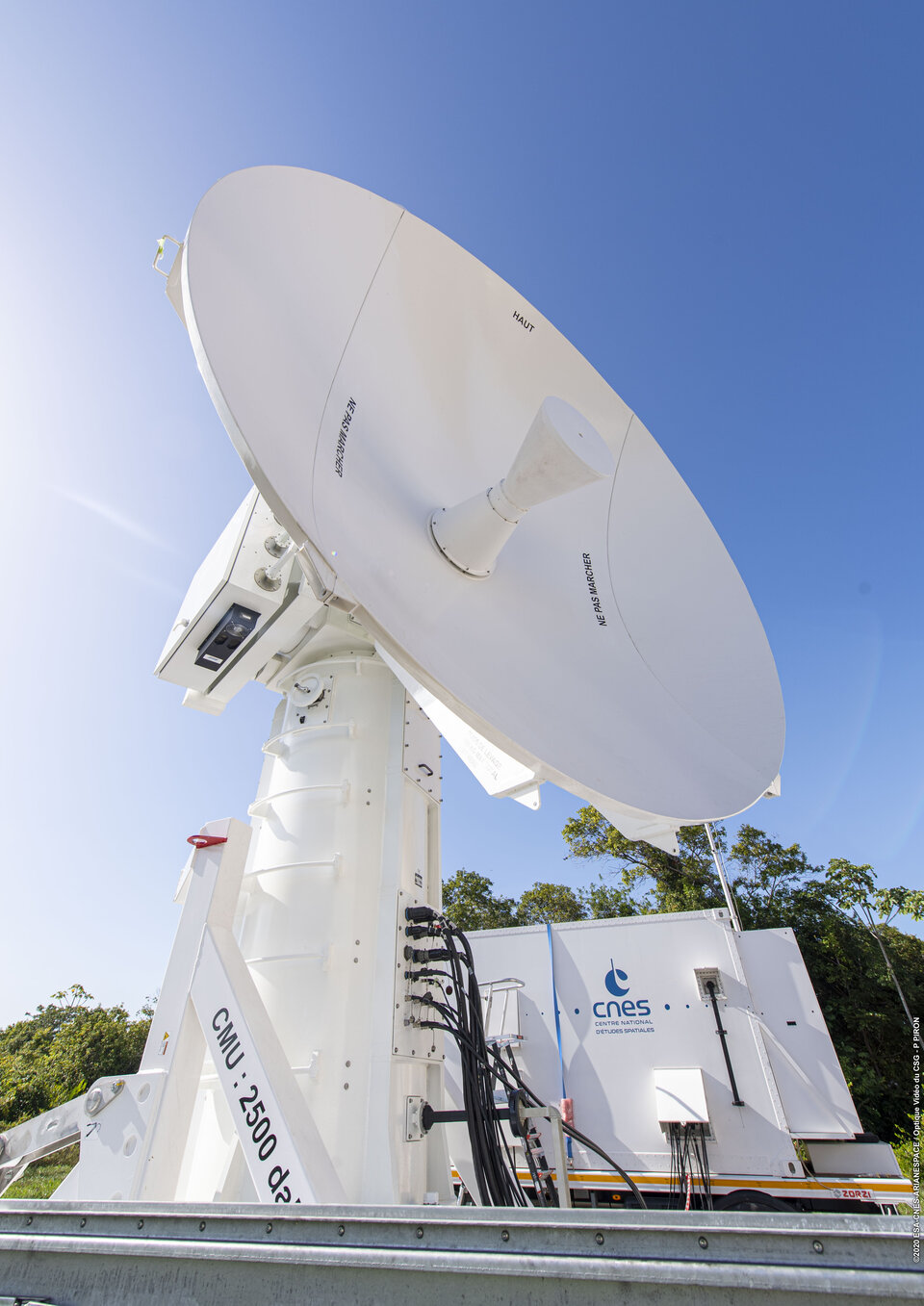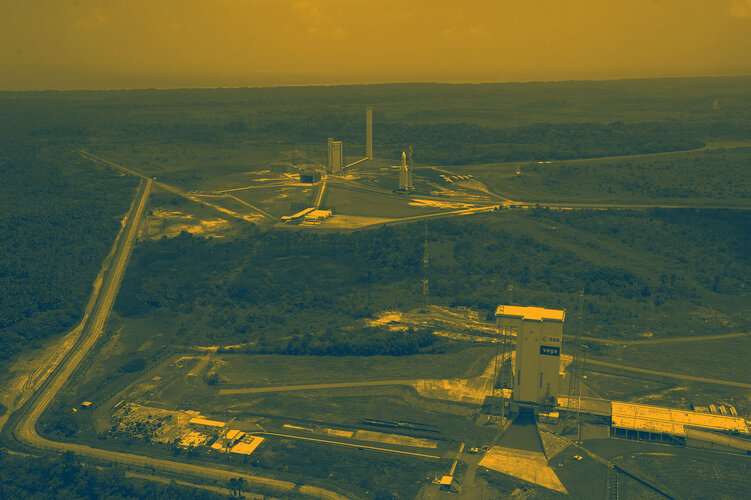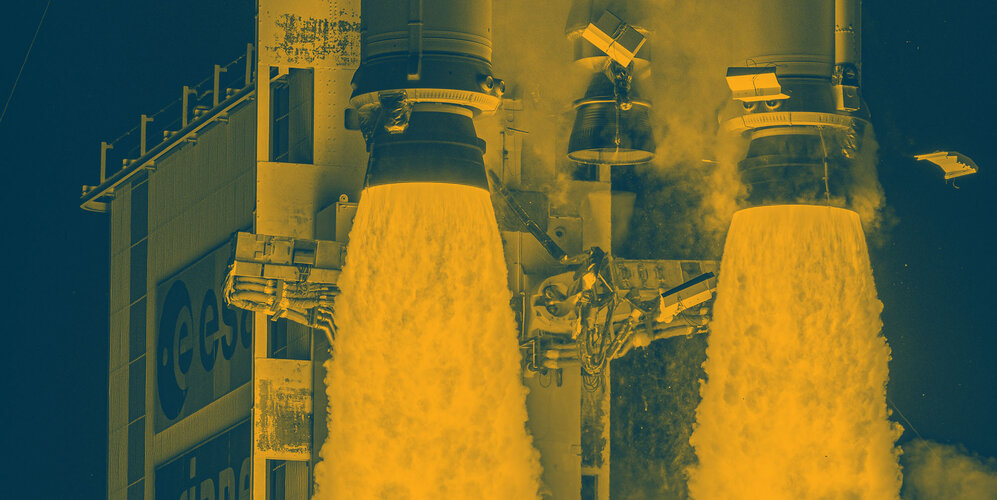Europe’s Spaceport gains new radar
A new additional radar called Amazonie-I installed at Pariacabo, a high point in Kourou, French Guiana, was tested during the recent Ariane 5 launch from Europe’s Spaceport.

The data collected by Amazonie-I will be replayed and analysed and all functions verified to qualify this new radar.
The signals Amazonie-I received carried vital information about the position of the Ariane 5 rocket and therefore its trajectory. This is crucial information for engineers, the range safety team and flight specialists, and is an essential part of every mission.
Amazonie-I is about 5 m high and has a 3.65 m-diameter parabolic antenna to maintain a link with Ariane 5, Vega or Soyuz rockets, as well as Ariane 6 and Vega-C in the future.
“Each radar used for the tracking is tuned to receive a particular signal coming from the launch vehicle rather than looking for any object in the sky, which makes the process more reliable,” explained Charlotte Beskow, ESA’s Head of Directorate Representation at Europe’s Spaceport.
Amazonie-I joins a trio of radars, Adour 2, Bretagne 1 and Bretagne 2, which receive information from rockets launching from Europe’s Spaceport. During a launch, the French space agency CNES operates these three radars simultaneously to ensure there is backup if one of them fails.
For the time being, Amazonie-I will provide additional information to track rockets but in the long term it will replace Adour 2, which has been in operation since the 60s.

The Amazonie-I dish comprises three parts. Two sections can be unhooked and the antenna folded back on a trailer for transportation to another location when required, depending on the tracking needs of the mission.
Ariane 5 can place satellites into a diverse set of orbits, though the majority of its launches are performed towards the east to geostationary orbit. By comparison, Vega generally heads north to place payloads into a polar or Sun-synchronous orbit, the core of Vega’s market. Vega launches that are northwards currently require a radar station in St Jean du Maroni, close to the border of Suriname. However, Vega also launched ESA’s Intermediate eXperimental Vehicle eastwards into a suborbital equatorial trajectory.
“This new radar is part of a comprehensive programme of renewal activities taking place at Europe's Spaceport to modernise the facilities. Amazonie-I is part of this infrastructure,” commented Daniel Neuenschwander, ESA Director of Space Transportation.






